3 Notes In One Beat
In 3/4 time (whether you are playing a piano or a kazoo), there are 3 beats to the measure and a quarter note gets one beat.

3 notes in one beat. Adding 3 of this value together gives a dotted note value equal to one beat. The only exceptions are for a 4 2 time signature (four half notes per bar), when a double whole rest is typically used for a bar's rest, and for time signatures shorter than 3 16, when a rest of the actual measure length would be used. This will be true for all simple meters (where notes are divided into two).
For example if the music is in 4/4 time and you want to split a measure into three beats plus one beat, use 3/4 and 1/4…. A dotted quarter note equals 1½ beats. Morning news and notes for Tuesday, Sept.
Now it may seem that the bottom number is always going to be 4, however sometimes, the bottom number may be different. ONE two three ONE two three ONE two three. The weak beats fall on the subdivision, or eighth note, after beats one and two.
A crotchet quarter note usually represents one beat. Commas are used to separate each beat, while dashes '-' are used to separate different words in the same beat. In 3/4 time, there are 3 quarter notes per measure and the quarter note has one beat.
Hence, the rhythmic value of a dotted quarter note is one and one half beats and it is equivalent to a quarter note tied to an eighth note. For example, 2 quarter notes that are tied together will be held for 2 beats. Beats are divided into three notes, as opposed to Simple Meter, where they are divided into two.
In 2/2 time, where the beat has the value of 4 eighth notes, you'd beam 4 of them together. You can tap your foot to the beat at a tempo of one tap per second. In 3 8 time a dotted quarter note receives.
In 3 8 time an eighth note receives. Which measure has the correct number of beats?. Most of the time, we hear “multiple tones” when listening to a sound that consists of two or more) sine waves;.
In time there are two beats in each measure. Basically, the B Locrian 3 Notes Per String scale/mode shape is what I'm using. As we said before, a simple time signature indicates that the beat can be divided by two.
We know that a 3/4 time signature means there are three beats in a measure, and one quarter note equals one beat. In 4/4 time, a "dotted half note" receives 3 counts (beats). An eighth note triplet rhythm is 3 notes played in the space of 2 eighth notes.
Notice in the second measure that each of those beats can be divided in two. Write the beats below the notes. A quarter note equals one beat.
Let's now listen to the animation below and count along. A triplet is identified by a small " 3" above or below its note beam, bracket, or slur. The flag is the name for the 'tail' added to the eighth note.
Morning news and. So each 8th note gets one beat, each quarter note gets two beats, and so forth. Count "one, two, three, four." Half Notes.
A quarter note gets one beat. When an entire bar is devoid of notes, a whole (semibreve) rest is used, regardless of the actual time signature. The time signatures 3/8 and 3/4 have almost exactly the same rhythm structure in the way the beat is counted off.
A triplet—a type of “ tuplet ”—is a group of three notes played inside another note-length. You cannot look at a piece of music written in 12/8 time as any other key signature, like 4/4 with a triplet feel (which would be a basic shuffle feel) 6/8 or whatever, because that would change the entire feel of the song. There are two beats per measure and the quarter note gets the beat.
The second example, 3 notes over 2 beats (in same time signature) is a quarter note triplet. It's a portion of musical time that’s been split rhythmically into three equal parts. 2 4 The quarter note gets one beat.
One, trip, let, and, trip, let (repeating for two, three, and four). For a double dotted quarter note, the duration is one quarter note plus one eighth note plus a sixteenth note, or 1 3/4 beats. This can be 6 short beats or it can sound like two groups of 3 notes.
As with all of these drum beats you must make sure the bass drum lands exactly in time with the hi-hat. An eighth note gets half of a beat. In 3 8 time an eighth rest receives.
The next most common is the quarter note triplet. Called a dotted minim (dotted half note) 2 beats:. In this case, you are fitting the quarter notes in the span of a half note.
It may also be considered as a one beat note in 3/8 and similar timings, the 8 on the bottom of the time signature giving the clue that you are counting in eighth notes. One quarter note, two eighth notes, one half note. Shown below is a "quadruplet" with each note on a different drum in a kit used as a fill (Peckman 07, 129).
In 3 8 time a quarter note recieves. The bottom number represents what type of note gets one beat. They start fairly easily with the more regular 6/8 and 3/8 time signatures with mostly eighth and sixteenth notes.
Which combination of notes equals one whole note?. The end of a piece of music. The main pulse in most 3/4 musical compositions is felt on beat one, but all three pulses in 3/2 are meant to be played deliberately, with the first beat slightly emphasized.
Count out loud “1, 2, 3, 4.”. Ties are used when a note begins in one block but ends in another. By the fourth worksheet, they are using some unique time sign.
There are four sixteenth notes to a quarter note so the sixteenth note. This rhythm can sound super funky if played accurately and tight. "one and two and three and") and each quarter note for one count (i.e.
Split one measure between two systems. 2/4, 3/4, and 4/4 are some of the most common simple time signatures used in written music. Sometimes we will want to split a main beat into three in a simple time, instead of the usual two.
The first example, 3 notes over 1 beat, is an 8th note triplet in 4/4 time (or any time signature with 4 on the bottom). Notes which are the main beat, have to fall at the start of the block. Other triplets exist, too.
YOU MIGHT ALSO LIKE. Called a minim (half note). As already mentioned, tied notes add the value of the second note to the first note.
Just like 3/4 time would mean 3 beats to the measure, with the 1/4 note getting one beat. Let’s look at this example of a 3/4 time signature. Most notes are made up of a note head and a stem (apart from semibreves, which have no stem).
Here enters a matter of personal taste:. The beat in a simple tune is divided into two sub divisions making it easier to understand. '+' is used in the music to represent the word 'and' in order to reduce clutter in the musical examples.
Count "one, two, three, four.". Write the beats below the notes. Although it can be awkward to count that many notes while trying to play them - it is still important that you understand how the notes break down.
You may find it easier to think of the eighth note triplet as being 3 notes dividing a quarter note (since 1 quarter note = 2 eighth notes). Even in 4/4, where one beat is worth 2 eighth notes, you'll often see 4 eighths beamed together. A quarter note ( q ) = 1 beat A half note ( h ) = 2 beats 2 4 2 4 5.
Yes, it's possible to have nine beats and in 9/8 time, an eighth note would get one beat. The most basic and most common length of note is the crotchet, which looks like this:. 3.1.1 Beat Notes In (4), we see an equality that relates sum of sinusoids and product of sinusoids.
Each measure will be equal to 3 quarter notes. Create two measures in place of the one you want to split. The smaller notes are written in.
This is a set of four worksheets that give students a chance to drill rhythm counting where an eighth note gets one beat. Words enclosed in parentheses are optional. In 9/8 time, there are 3 beats per measure and.
The third example is a crotchet or quarter note. Count the rhythm by sub-dividing to the half beats. If two eighths are on the same beat then they are beamed together.
3/4 Some of you mathier people might be thinking to yourself, ‘but six eighth beats is the exact same thing as three quarter beats, right?’ well technically, yes. Drum Beat 3 has a closed feel to it with the two bass drum notes leading into the downbeat of Beat 3. A quarter note receives one beat.
The 16th notes use a 3 note pattern because you. In 2/4 time, there are 2 beats in a measure, but you are still counting a quarter note as a beat. In general, music written in 2/4 time is performed more slowly than music written in 3/4 or 4/4 time.
A 2/4 time signature contains two quarter notes within a measure. The eighth note is worth ½ of a Quarter note. Morning news and notes for Tuesday, Sept.
Each crotchet is one beat long. If the measure had 2 half notes, you would count the measure as “1, 2.”. This is the first note in the rhythm tree to have a flag.
Indicates the type of note that gets the beat. In 3/4 time there are 3 beats per measure and a quarter note gets one beat. Play and hold each dotted half note for three counts (i.e.
Therefore, each measure has 3 beats, while the note that gets 1 beat is a half. Three beats is a dotted quarter note. The lower numeral indicates the note value representing one beat, while the upper numeral indicates the number of such beats in each bar.
A quarter note is represented by a black rounded notehead with one long stem. Two beats would be two eighth notes or a quarter note. Indians beat White Sox, magic number drops to one.
Write a time signature after the treble clef. In 3 8 and 6 8 time, what note receives one beat?. Quarter notes get 2, dotted quarters get 3, eighth gets 1, dotted.
Indicates the note value for the subdivision of the beat. The fourth rhythm is a quaver, or eighth note, which lasts for half a beat, and the last note value shown is called a semiquaver or sixteenth note, and lasts for quarter of a beat, so sixteen semiquavers fit into a four beat bar. That is, we perceive the sound as "sum" of sinusoids.
How many 8th notes does it take to equal one beat in 3/4 meter?. If the time signature is, each measure will have 3 beats, and a quarter note will get one beat. The most common example is the 8th note triplet.
What does this symbol represent?. The following section shows us the different values of notes, that is, how long each note lasts. Change both time signatures so that together they add up to the original time signature;.
However, because 3/8 uses eighth notes instead of quarter notes, the eighth notes get the beat. Compositions written in 2/4 contain two equally strong accents on beats one and two. Beams don't cross blocks.
In order to read a music piece, we need to know the note values, and names of each note. The BOTTOM number tells you what note gets one beat. Then count the beats out loud while tapping the rhythm.
This means that the whole note is worth 2 beats, the quarter note is worth 1/2 beat, the eighth note is worth 1/4 beat, and the sixteenth note is worth 1/8 beat. They will be divided slightly differently in compound meter (where notes are divided into three). A piece of music with this time signature would be "in four four time" or just "in four four" or common time.
One beat would get one eighth note. It’s a black note head on a basic stem, (or stick). When counting in 3/2, remember each beat is represented by a half note, not a quarter note.
There are 4 beats per measure and a quarter note gets one beat. A sixteenth note gets one fourth of a beat. Beat is subdivided into three parts.
So, if a certain beat or fill is giving you trouble, you have the option of counting it. On a time signature, the 3 represents 3 beats per measure while the 2 represents how many beats a whole note gets. Each group of six notes is to be counted:.
Simple Meter Compound Meter. When the time signature reads 2/2, each measure receives 2 beats and the half note is worth 1 beat. In drumming, "quadruplet" refers to one group of three sixteenth-note triplets "with an extra non-tuplet eighth note added on to the end", thus filling one beat in 4 4 time (Peckman 07, 127–28), with four notes of un equal value.
So instead of counting 1-2-3-4, you would use that same pace but simply say 1-2, 1-2. 6/8 time signature vs. Beams are not broken within blocks.
This scale run kicks my arse!. Called a semibreve (whole note) 3 beats:. A normal note (quarter note, half note, etc.).
In 3 8 time a quarter rest receives. In the example below, there is 1 dotted half note and one quarter note in each measure. The lower number of a time signature always tells you which kind of note gets one beat.
It's still a triplet. In 6/8 time there are 6 beats to a measure and the eighth note gets one beat. This time signature means there are four quarter notes (or any combination of notes that equals four quarter notes) in every measure.
A dot after the quarter note adds ½ beat (½ of the original value). In 4/4 time, the top note tells you that there are 4 beats in a measure, and the bottom note tells you that a quarter note gets the beat. For instance, a double dotted half note has the value of 2 beats plus one beat, plus half a beat, giving you a total of 3 1/2 beats.
Beat is subdivided into two parts. In 6/8 time, there are 2 beats per measure and the dotted quarter note (which = 3 eighth notes) has one beat. Any time signature in which the upper figure is a multiple of 3, such as 6/8, 9/8, 12/8, etc.
Or, a half note and an eighth note tied together will be held for 2 1/2 beats.

Note Values
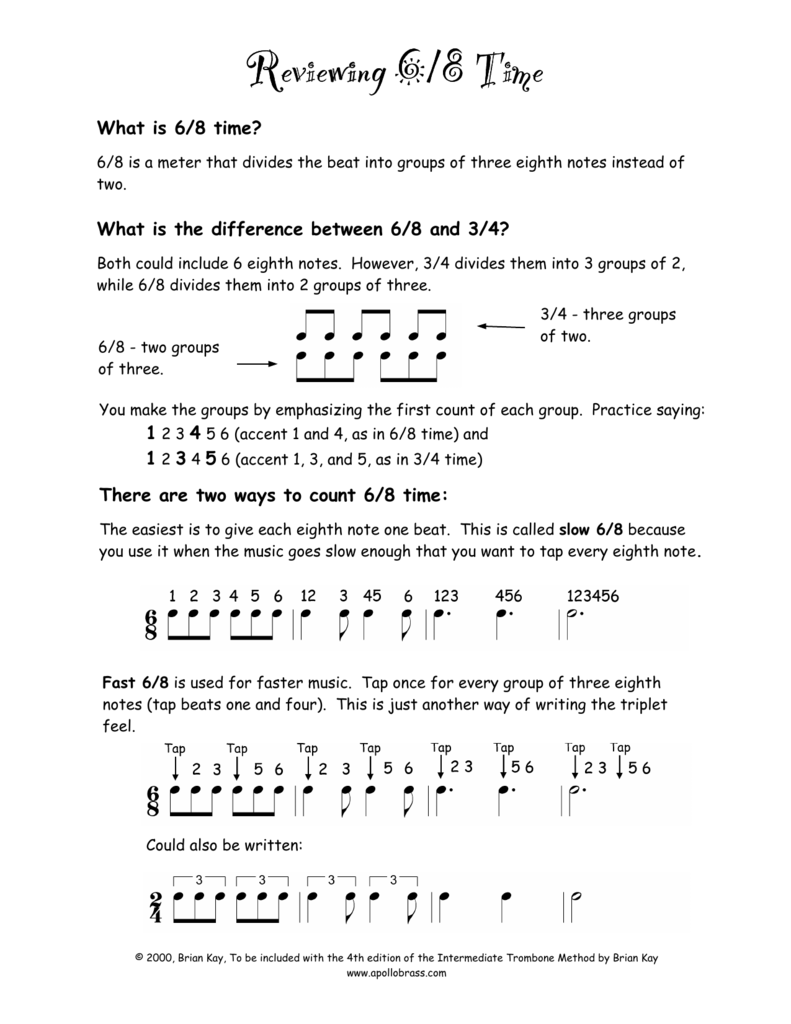
Reviewing 6 8 Time

Rhythm Exercise 2 3 Rhythm Explained By Daniel Laberge
3 Notes In One Beat のギャラリー
Untitled

Rhythm Notation

Learn The Language Of Rhythm The Dean S List Drumming Blog

Rhythm Notation

More Notes Sixteenth Note Rhythms Dotted Eighth Note Rhythms Sight Reading For Guitar

Introduction To Music Theory Unit 2 Review Ppt Video Online Download

How To Count Music 13 Steps With Pictures Wikihow

Triple Whammy Blues Hub Guitar

Note Beaming And Grouping In Music Theory Musicnotes Now
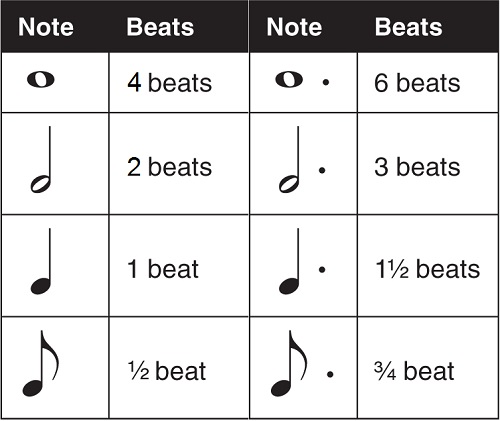
Counting Dotted Notes

Sextuplet Contains 7 Notes Musescore

Free Drum Lessons Reading Drum Notation
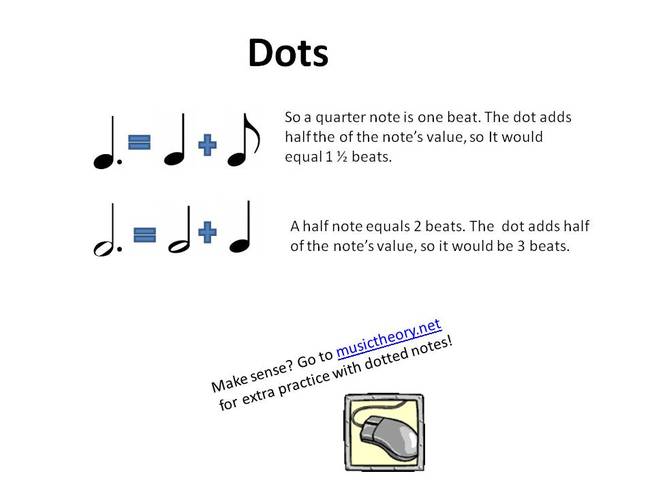
Note Duration And Reading Rhythms Recorder Support

3 4 Time Signature A Sixteenth Note Gets A Quarter Whole Note In Measure Transparent Png 536x285 Free Download On Nicepng

The Eighth Note Triplet Subdivision Rhythm Studybass

Metronome Techniques Uses Of The Metronome

3 Note Sequence Ideas Guitar Lessons Ultimate Guitar Com
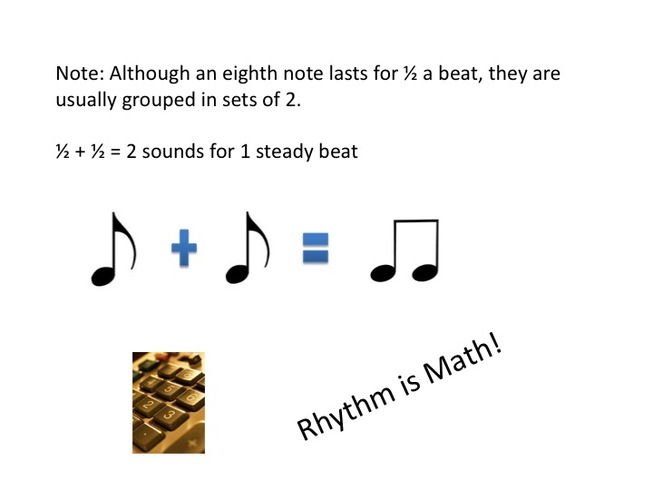
Note Duration And Reading Rhythms Recorder Support

Whps Band Learning Sheet Music

Tempo Measurement Music Appreciation
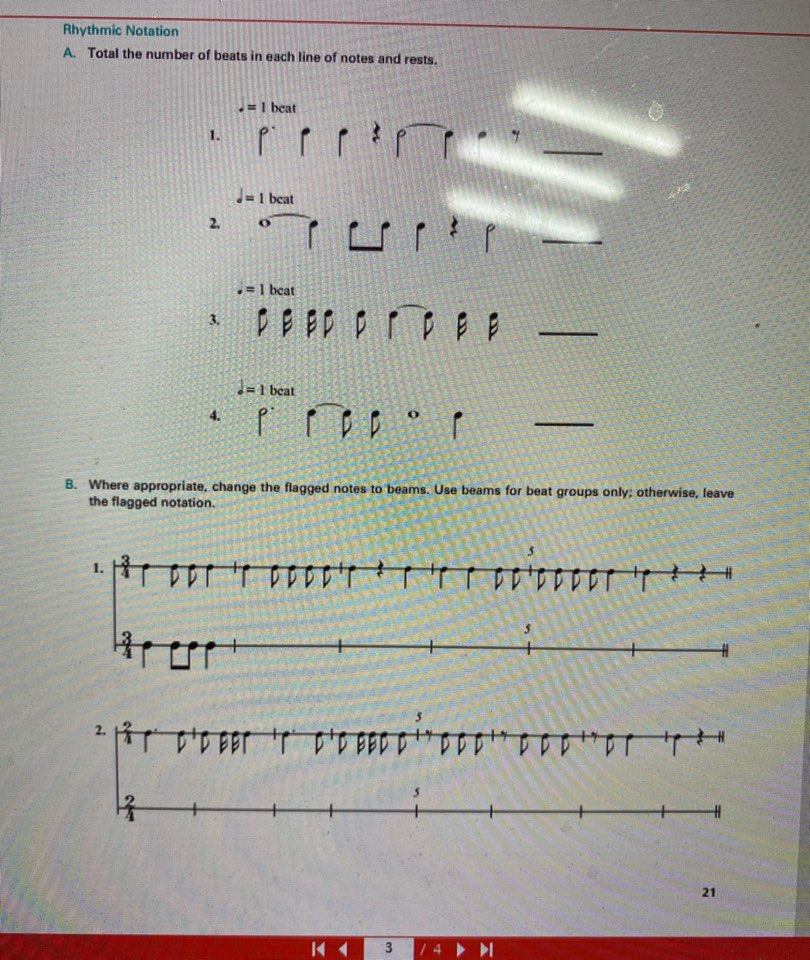
Solved B For Each Time Signature Shown Indicate The Num Chegg Com
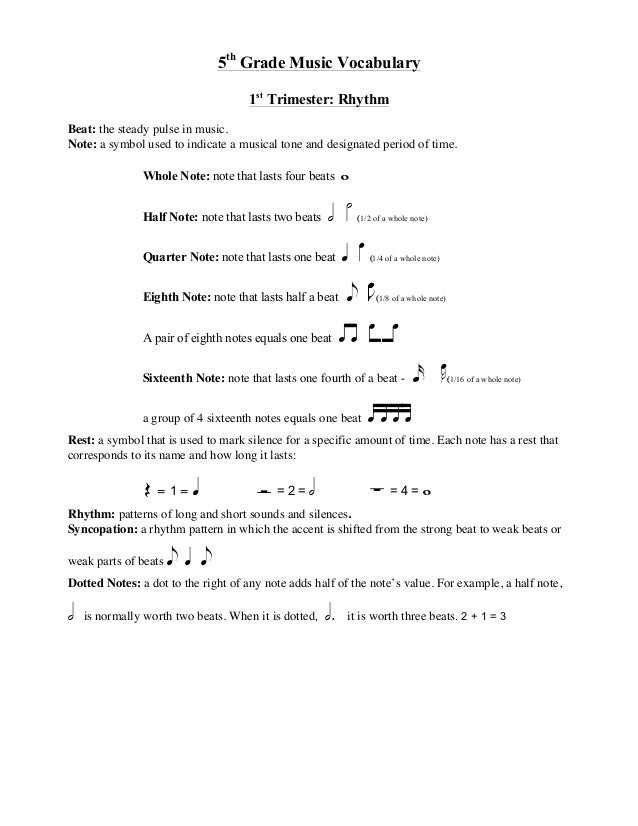
Music Vocabulary Pdf
Q Tbn 3aand9gcq 6r5ta3gkicr2sm9yz9t2mvknqg1ajoidighuedvcc3453xxr Usqp Cau
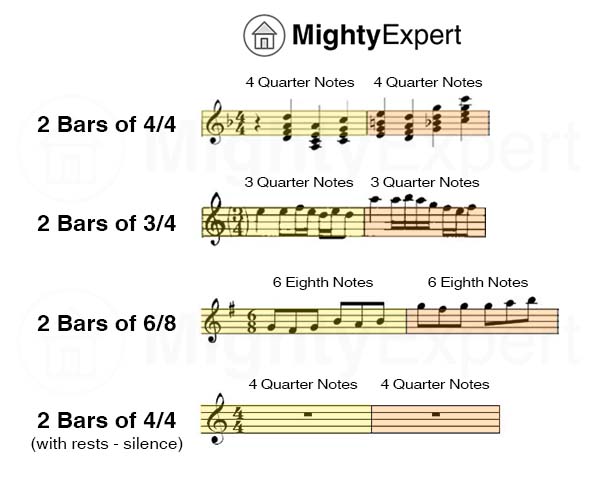
What Is A Bar In Music Here S A Detailed Explanation With Images

Note Beaming And Grouping In Music Theory Musicnotes Now

How Many Beats The Notes And Rests Receive Youtube

The Difference Between 3 4 6 8 Time With Examples School Of Composition

Beat Notes Between A Two Modes Separated By One Fsr B Two Modes Download Scientific Diagram

4 4 Time Signature Four Beats Per Measure And Each Half Note Gets Two Beats Music Theory Piece Of Music Piano Music
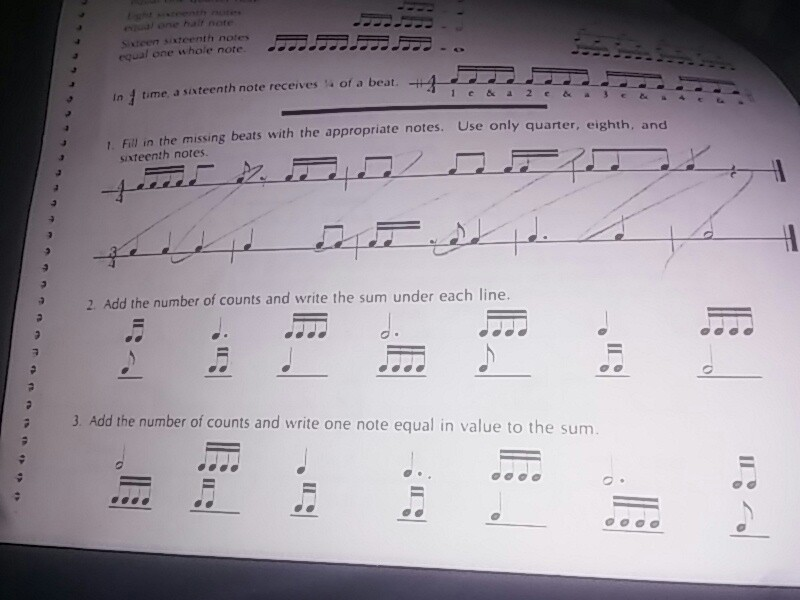
Halt Note Equal One Whole Of A Beat 4 1 C A 2 E Chegg Com

Kscp

Rhythm In How To Play In Time Signatures Of 3 2 And 6 4
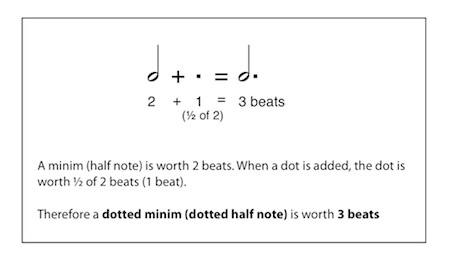
Dotted Note

How To Count Music 13 Steps With Pictures Wikihow
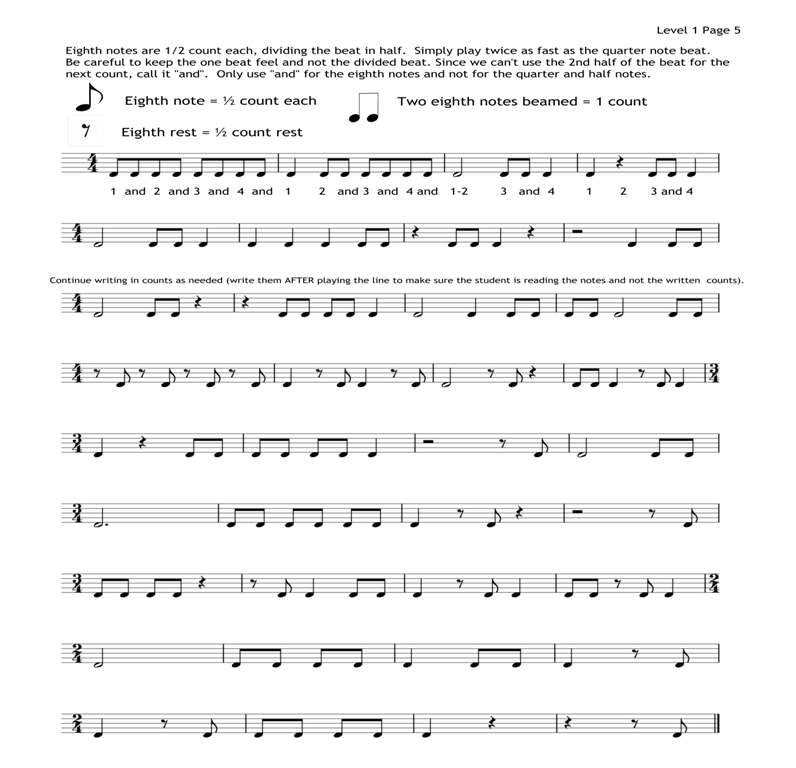
Rhythm Workbook Book 1 Beginner Piano And Singing Method Books
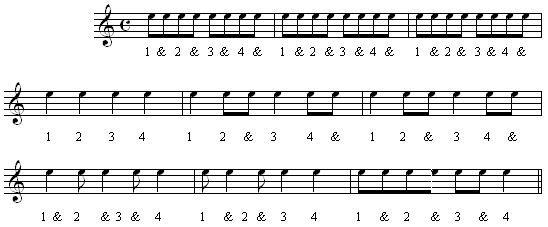
Section 8 Eighth Notes

Guitar Lessons For Beginners Time Signature

Music Rhythm Charts Free Download In Music Rhythm Music Theory Worksheets Music Vocabulary
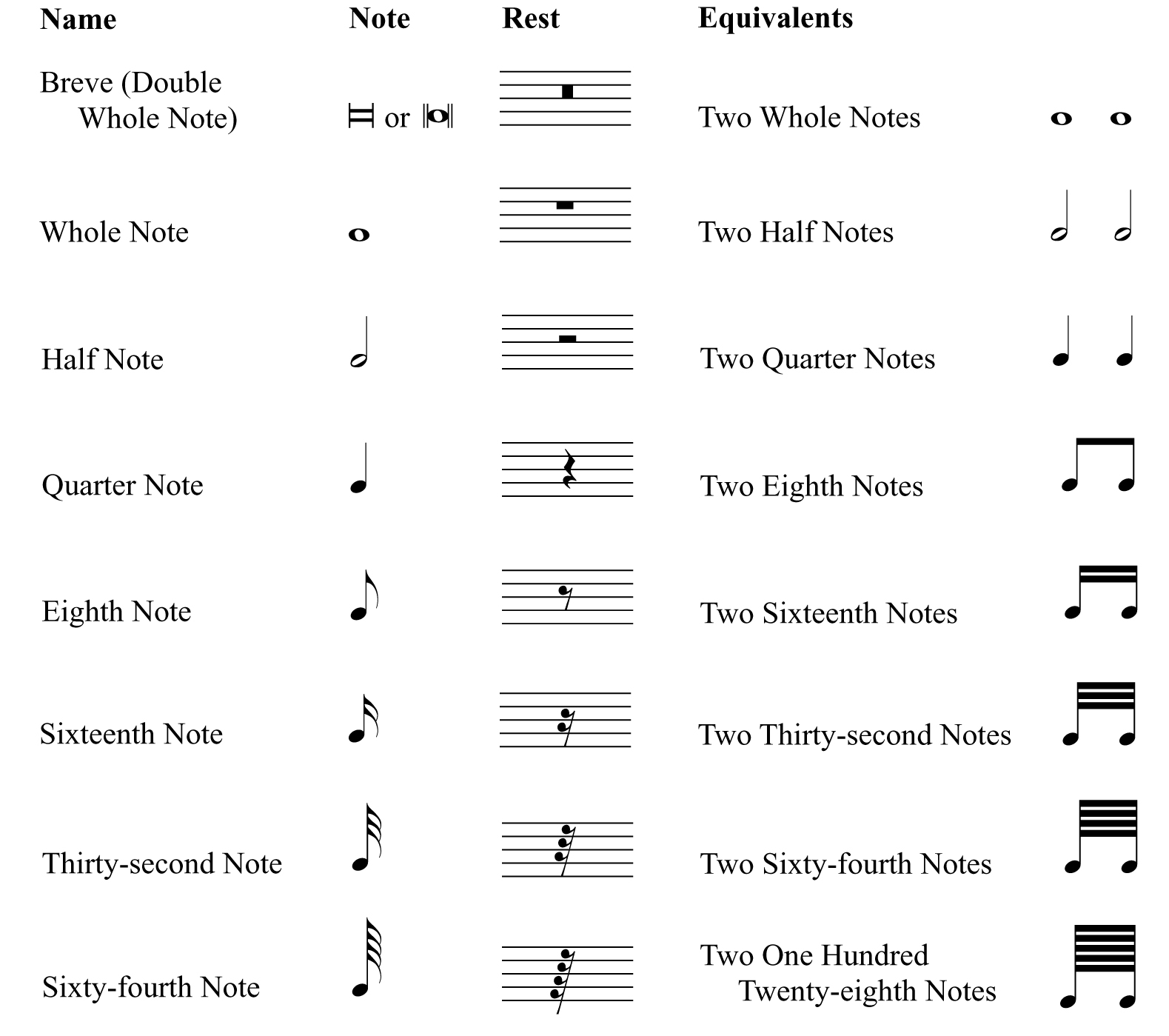
Note Duration And Divisions Music Theory Tips

5 Uewttsff42tm
Why Is 3 4 Considered A Simple Meter And 3 8 Considered A Compound Meter Quora

Notes And Rests The Beginnings Of Rhythm Ppt Download

Note Duration And Reading Rhythms Recorder Support

3 And A 5 6 7 8 Mcfarlan S Guide To Music Theory

Metronome Techniques Uses Of The Metronome

In Piano Do You Understand Up Beat When You Count You Say 3 And 4 In First Measure And 1 And 2 In Last Measure Why Doesn T It Start With 1 And 2 Quora
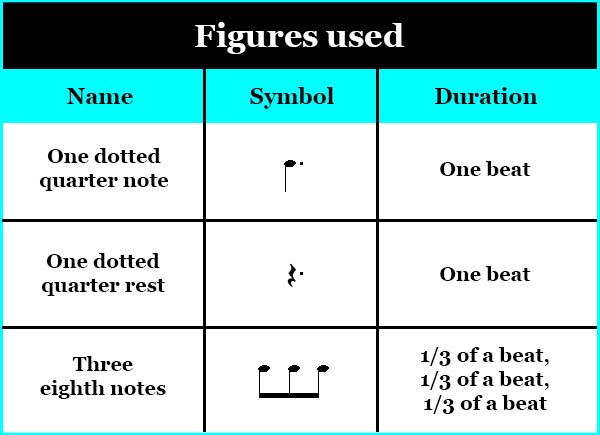
Rhythm Exercise 3 1 Rhythm Explained By Daniel Laberge
Untitled

Session 3 Quarter And Dotted Half Notes Living Waters Foursquare Church

Pickup Notes

Session 3 Quarter And Dotted Half Notes Living Waters Foursquare Church
What Is A Dotted Crotchet Quora

The Quarter Notes Rhythms Rhythm And Meter Elements Of Music

Music Theory For Producers Time Signature Part 2 Creating Tracks

Music Theory For Parents
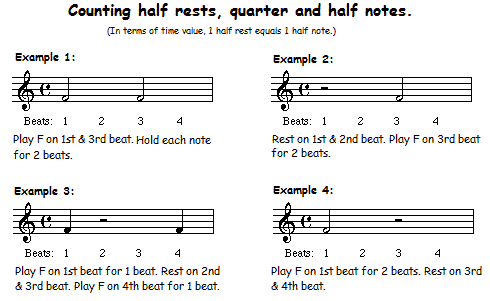
The Half Rest Minim Rest Symbol
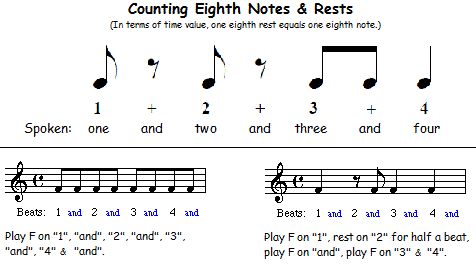
The Eighth Rest Quaver Rest
Plos One What Makes A Rhythm Complex The Influence Of Musical Training And Accent Type On Beat Perception

The Difference Between 3 4 6 8 Time With Examples School Of Composition

Timing Exercise 2 Sixteenth Notes In Five Note Groupings Bass Practice Diary 121 Johnny Cox Music
Q Tbn 3aand9gcrt86ugzmqgwu Bzd9dp26l6jh0clljcmrnknxcpcnqy1okoxoo Usqp Cau

Note Beaming And Grouping In Music Theory Musicnotes Now

The Quarter Notes Rhythms Rhythm And Meter Elements Of Music

Video Lesson Straight Vs Swing Rhythm Ukulele
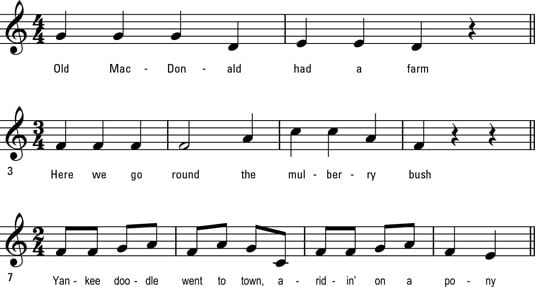
Common Music Time Signatures Dummies

Basic Music Theory
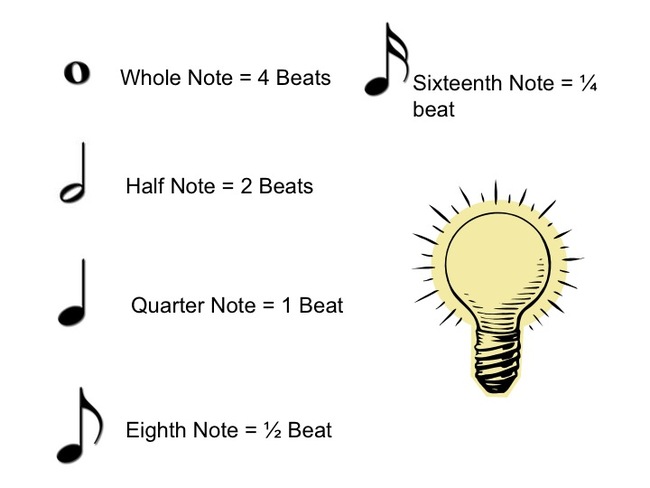
Note Duration And Reading Rhythms Recorder Support
Beat Music Wikipedia

Understanding Time Signatures And Meters A Musical Guide

Lessons For Month 3
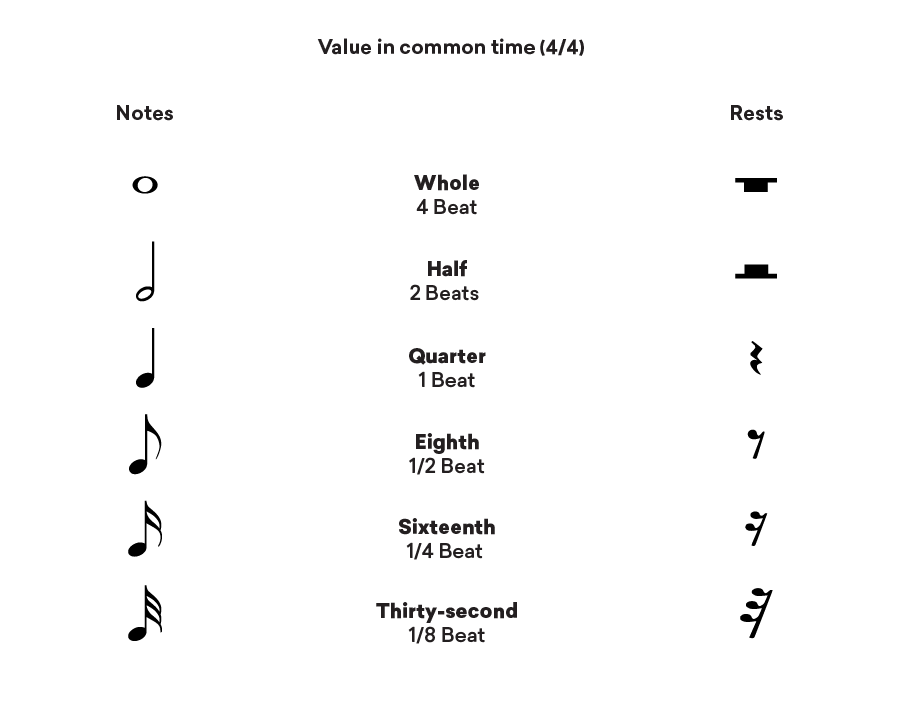
What Is Rhythm How Time Beat And Meter Work In Music Landr Blog

Theories Of Music 3 Note Values And Rest Values
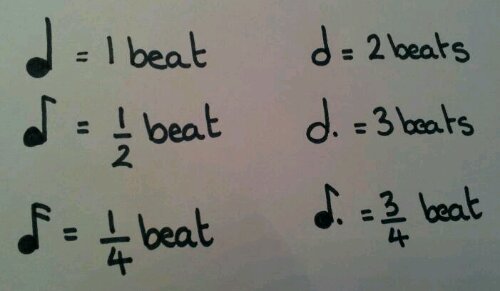
106 Musical Fractions Maths Sandpit
1

Music Theory For Parents

Time Signature Wikipedia

Quarter Notes Have One Beat Each A Dotted Half Note Is 3

The Eighth Note Triplet Subdivision Rhythm Studybass

Understanding Time Signatures And Meters A Musical Guide
Q Tbn 3aand9gcssme0blceip Svbzykfibgx1azti8f1xkhp5ixrglzrzqy7zfz Usqp Cau

Acoustic Guitar Notation Guide Acoustic Guitar
Gadwin Rockmer Quick Start
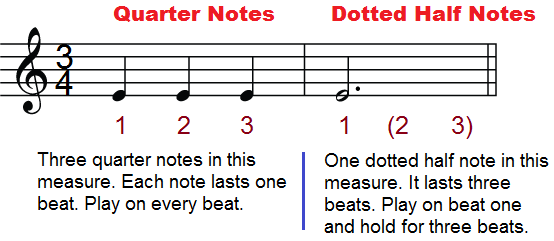
The Dotted Half Note Dotted Minim

How To Read Ukulele Music Your Guide To Understanding Musical Notation Ukulele
Untitled
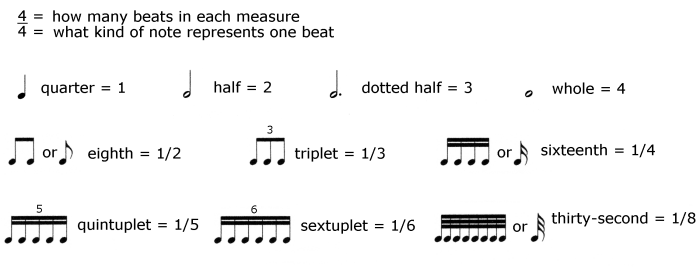
Learning To Read Noted Rhythm Flamenco Guitar Transcriptions

Measures And Time Signature Piano Music Theory

Note Beaming And Grouping In Music Theory Musicnotes Now

Music Notation User Guide Noteflight Music Notation Software

A Complete Guide To Time Signatures In Music Musicnotes Now

The Difference Between 3 4 6 8 Time With Examples School Of Composition
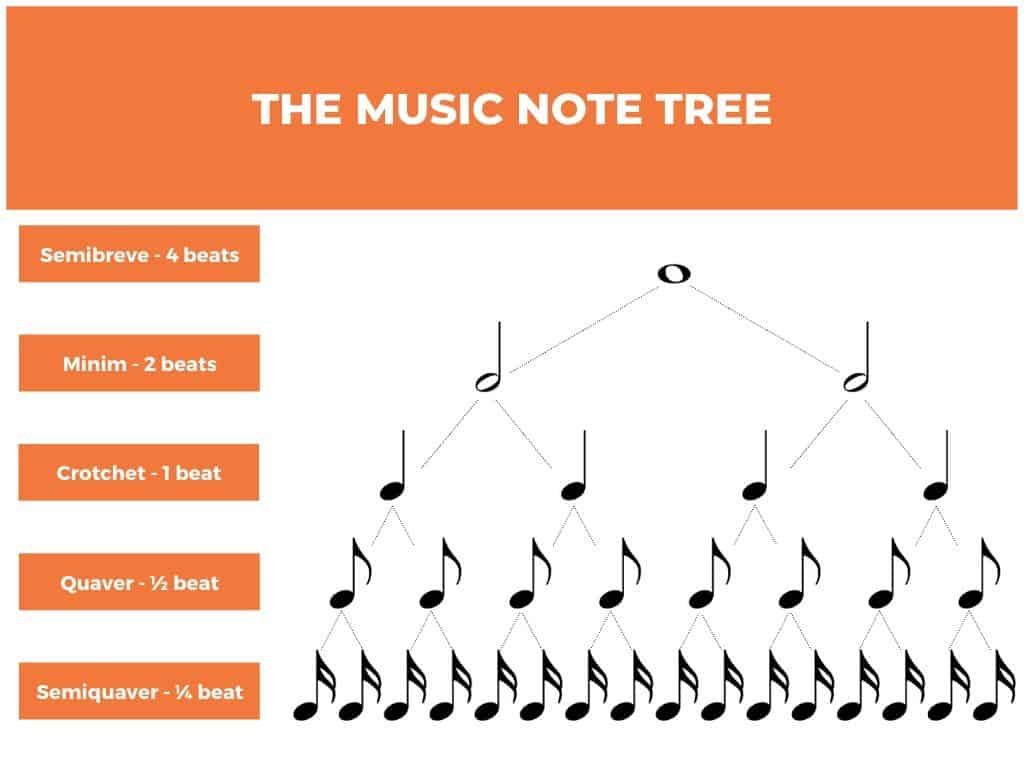
Types Of Musical Notes Hello Music Theory
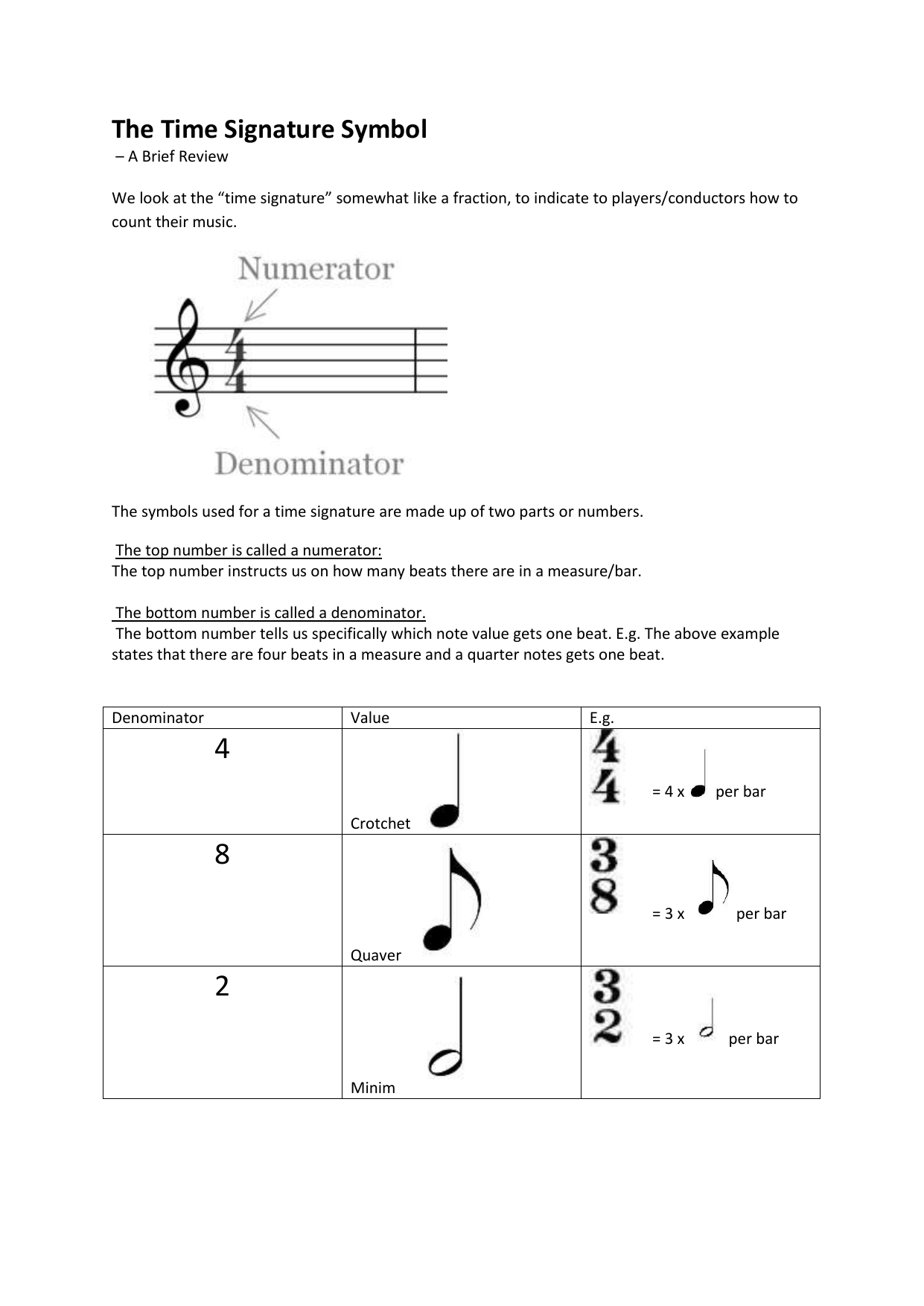
Time Signature The Music Room 2
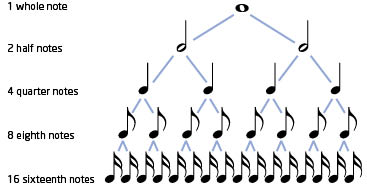
Musosaurus Meter
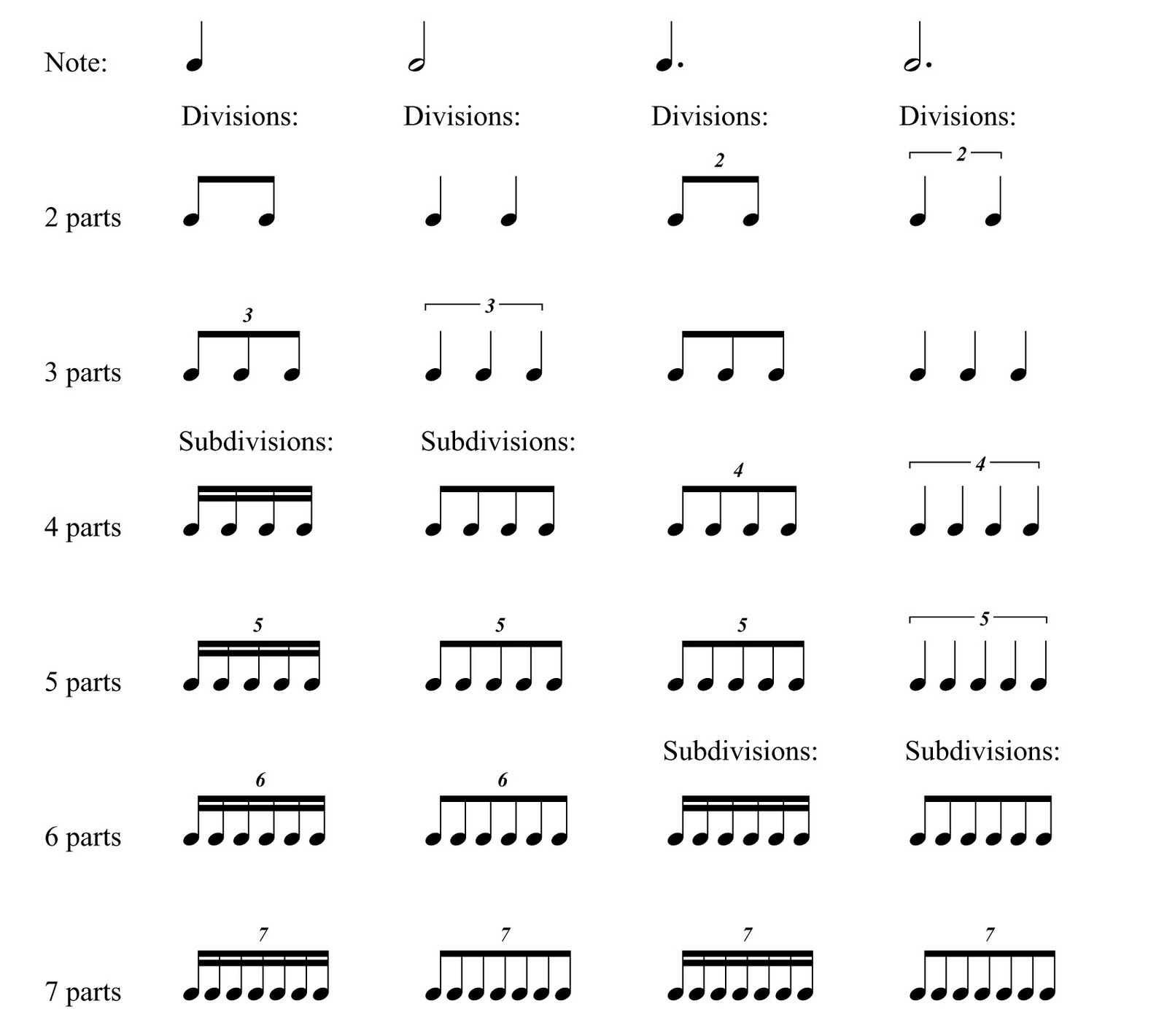
Note Duration And Divisions Music Theory Tips

Basic Music Theory

Music Theory For The Dropouts 7 How To Tackle A New Piece Of Music Free Online Piano Lessons The Note Pianote Cassi Falk

Rhythm Definition Time Meter Britannica
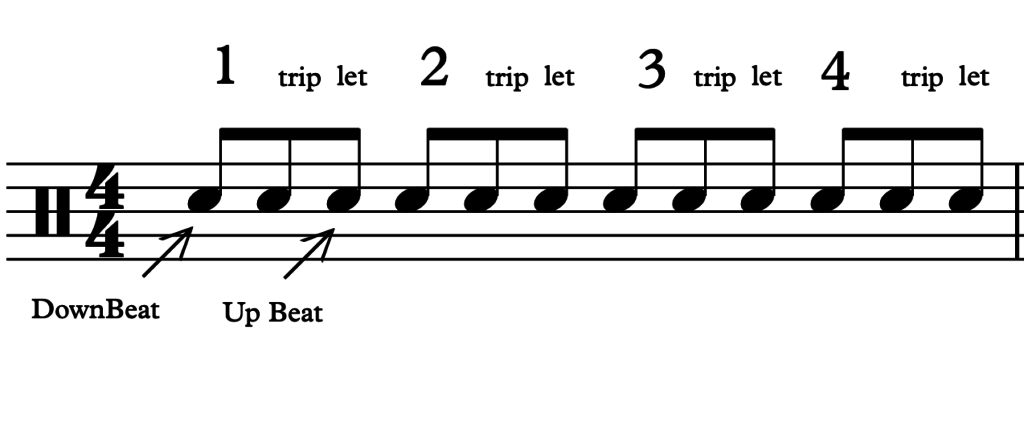
Dancesportlife
Untitled

Time Signature Music Appreciation 1



